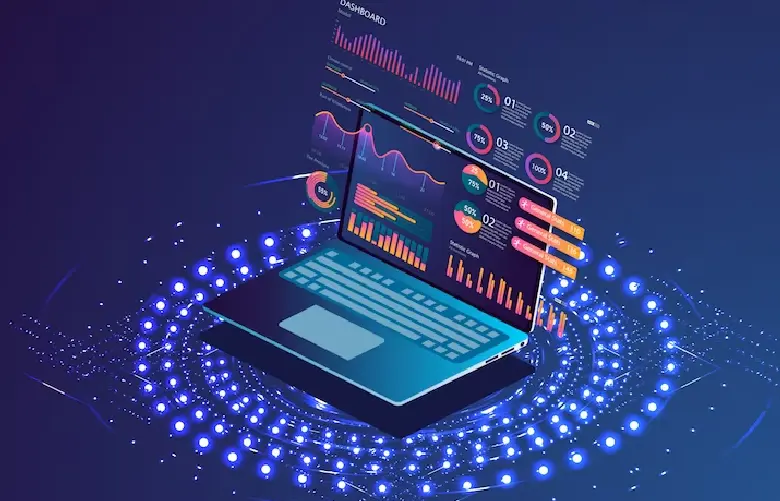Ever since computers came into inception, people have used the term ‘data’ extensively to refer to computer information. And this typical information was either stored or transmitted as per requirement.
However, this is not the only definition of data; there are various other data types as well. This article will give you informative insights into data, its types, and how to manage the same. Please keep reading until the article’s end to learn more about it. Let’s begin!
Are you interested in data science? If so, consider enrolling yourself in this Data Science course and get started with your fruitful career!
If you are wondering ‘what is data’, then we have some well-defined answers for you. The definition of data is basically a systematic record of a specific quantity. Numerous values of a particular quantity are represented together within a set.
In other words, data can be defined as a collection of facts and figures that are used for analysis or a survey. It is a series of representations of various values of that quantity. It is a compilation of data that will be leveraged for a particular objective, like a survey or an analysis. When data has been organized in a structured manner, it is referred to as information. Now that you know what data is, let’s learn the definition of data storage.
Do you feel intrigued by technology? Check out the latest trending technologies here!
Now that you know ‘what is data’, we will quickly find out how to store the same. Computers represent various data types as binary values that employ two typical numbers, 1 and 0.
Data is generally stored in different file formats using the mainframe systems like ISAM and VSAM. However, several other file formats exist for data conversion, processing, storage, etc. Even though more structured-data-oriented approaches are gaining a greater foothold, these data formats are broadly used across an extensive range of machine types.
In fact, data storage has witnessed greater specialisation development as the database, DBMS, and relational database technology offered new ways to organise information.
Are you interested in organising and compiling data within a single database? Start by learning data-warehousing-and-data-mining!
If you are wondering ‘what are data types,’ then we have some quick answers for you. A data type is an attribute associated with typical data that tells a computer the techniques for interpreting its value.
Having a clear understanding of data types ensures that all data is collected in the preferred format. Besides, the value of each property remains as expected. Here, we have listed a few types of data that enables you to pick your desirable and suitable data types:
1. Qualitative Data
These data resemble some attributes or characteristics. They show or exhibit descriptions that can’t be calculated or computed but can be observed.
For instance, data on characteristics like innovation, punctuality, smartness, honesty, and intelligence gathered by the students in a class can be termed qualitative data. These data are more exploratory in nature than conclusive.
Qualitative data doesn’t have the potential to be expressed as a number, and it cannot be measured. It basically comprises pictures, words, symbols, and almost everything other than numbers. This data is better known as categorical data since the information can only be sorted by category.
2. Quantitative Data
One can not only observe these data types but can also measure them. Individuals can perform calculations on this data as it can be exhibited numerically. For instance, the number of students pursuing different extracurricular activities from your class helps you get a close approximation of how many students pursue which ECA. The data will be in a numerical format and can be termed quantitative data.
Quantitative data can be defined as a number or also can be quantified. In simpler words, it can be measured seamlessly by numerical variables. Besides, it is easily amenable to statistical manipulation and can also be represented by statistical graphs.
3. Nominal Data
Nominal data is typically used for labelling variables without any quantitative value. It basically names almost everything without even applying it to a correct order.
4. Ordinal Data
Ordinal data is placed within a typical order according to their position on a discrete scale. It basically reveals where a number is in perfect order and might indicate superiority. But as the ordinal numbers show nothing other than sequence, you cannot do arithmetic.
5. Discrete Data
These data types can gauge only some particular values instead of a series of values. For instance, the data on the gender or blood group of a certain population can be classified as discrete data. Using bar charts is the most common way to exhibit these data types.
Discrete data involves nothing other than integers, and the discrete values cannot be divided into smaller parts. However, it can only take certain values, including days of the month.
6. Continuous Data
These data types are variables with a range of possible values, including the highest and the lowest values. The difference between the lowest and the highest value is the range of data.
For instance, any individual’s age can be expressed as decimal numbers, and so can the weight and height of kids at school. They fall under the category of continuous data. A frequency distribution is a table format that can be used to tabulate continuous data. Histograms can be used to display them visually.
The information of continuous data can be divided meaningfully into finer levels. Furthermore, it can be easily measured on a scale or continuum and can have almost all numeric values.









